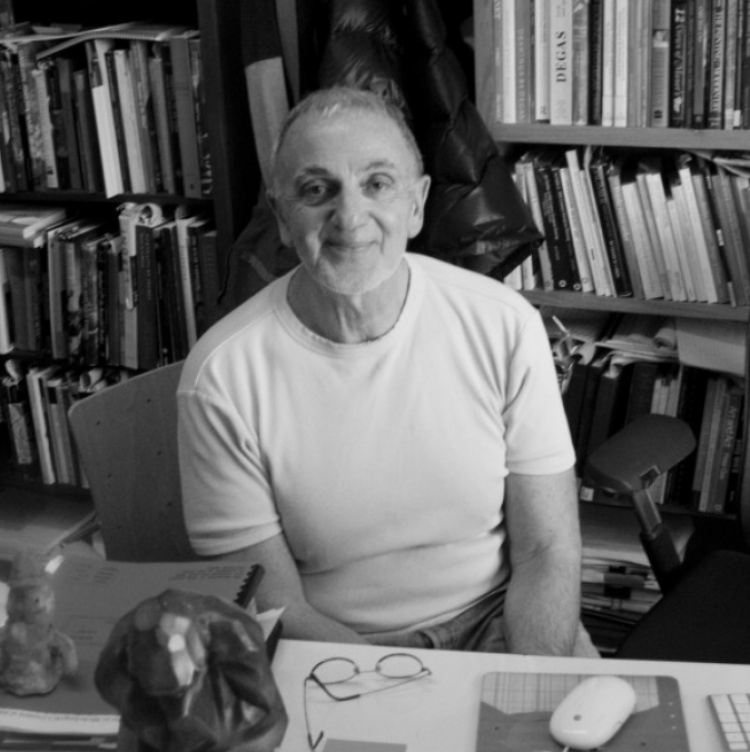Rapid growth at CU Boulder has upsides and downsides
University’s standing has risen, but some spontaneity and bonhomie have been lost, art history professor says
Reviewing my 50 years and more with the university is at once a pleasant and painful task, for musing over the past forces me to consider the university as it has evolved with how it was back then, so many years ago.

At the top of the page: Raft of the Medusa by Théodore Géricault, who is a French painter that Albert Alhadeff has wrote about. Above: Alhadeff is a professor of art and art history.
Back in 1969 when I first came to Boulder, the campus hardly resembled today’s manicured grounds. Many new buildings have sprouted since those early days of my tenure at CU Boulder, but then, as well, so many new departments and so many new administrative posts have come into being that what was then is hardly what is today.
With its new face, CU Boulder is ever more disciplined, ever more complex, ever more demanding and more challenging. Its former informality and conviviality are things of the past.
Before the new millennium, there was an easy exchange between faculty and faculty and students, a bonhomie that has long since dissipated. Today, faculty are more reticent, more self-conscious of their interaction with each other and with their students and, in turn, students are ever more mindful of their grades and grade point average (I have had several students complain over an A-, the grade being too low!)
Self-editing and self-discipline are now more prevalent than ever among students and, especially, among faculty. Rules and expectations are more defined and ever more rigorous.
In turn, all this has its advantages and drawbacks, for regulations stifle spontaneity; free and open exchanges are inhibited. Ultimately, creativity in the classroom suffers. True, the university’s standing has risen, but it has done so at a cost!
Where, then, you may ask, is my place today at CU? I approach my situation with a certain melancholy, a longing for the warmth and collegiality of the past. But, in spite of the university’s relentless circumscriptions, I still cling today to what I have always prized—the joy and challenge of the classroom and the endless demands of scholarship.
These last—writing, publishing and lecturing—are as exhilarating today as they have always been, and that joy remains with me, a joy the university’s new order cannot efface.
Albert Alhadeff is a professor of art and art history.

